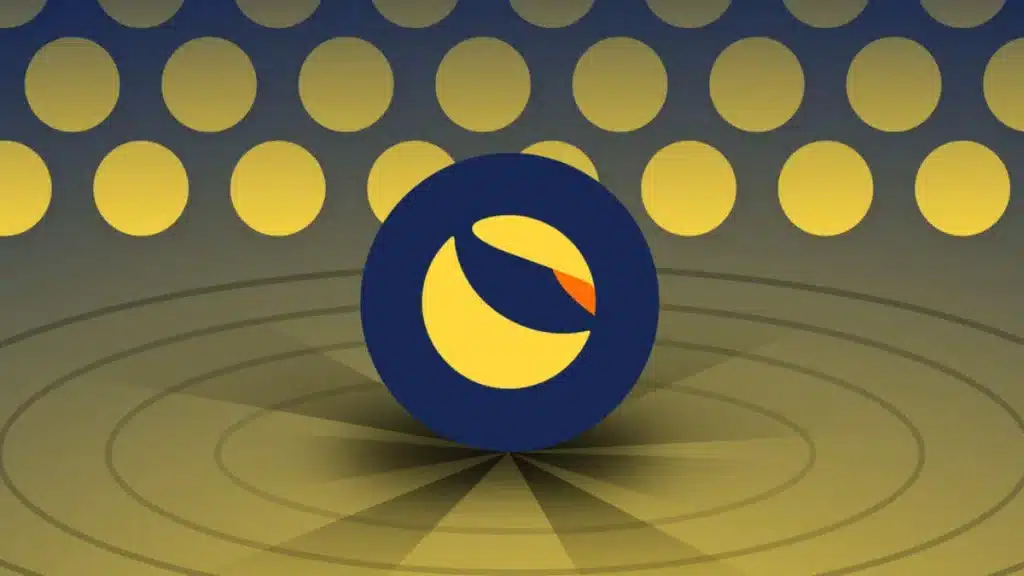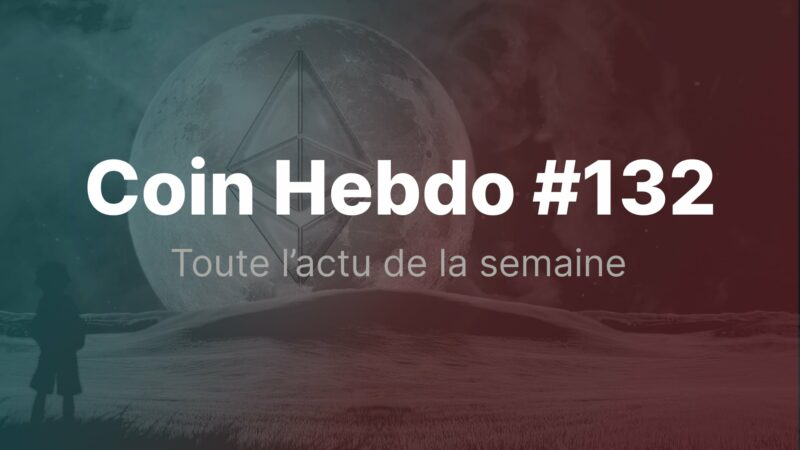As you probably know, an unprecedented hecatomb has recently hit the crypto market. The Terra ecosystem collapsed, taking with it the LUNA token, some ecosystems, such as Osmosis, and most importantly, the stablecoin UST. The latter has depegged from the dollar: this means that it no longer respects the ratio of 1 UST = $1. At the time of writing, the UST is only worth $0.08.
As a reminder, the Terra network is compatible with the Cosmos ecosystem. A few months ago, the Terra Network approved the integration of the IBC (Inter Blockchain Communication) protocol. This option has enabled a connection between Terra and the rest of the Cosmos ecosystem. It was therefore only natural that Osmosis, the flagship DEX of the Cosmos ecosystem, offered the possibility to hold UST on its platform.

Osmosis and UST: problems of impermanent loss
Osmosis allows you to earn a return on your assets by placing them in liquidity pools. As you may already know, these liquidity pools are subject to impermanent loss. A pool with two different assets must keep a 50/50 ratio of them. If the value of one asset falls, the pool automatically sells the other assets in order to buy back those that have fallen. This ensures that the desired ratio is maintained. This is where the collapse of the UST has caused a major problem for people farming in pools composed of USTs.
Let’s imagine a user farming his assets in an OSMO/UST pool. As the value of the UST decreases, the pool will automatically sell OSMOs in order to buy back USTs and maintain the ratio. The problem here is that the value of the UST simply tends towards 0. The pool will therefore indefinitely sell OSMOs against USTs that are worthless. The user is thus stripped of his assets.
Users have been quick to withdraw their assets linked to the UST. However, a second problem arises here: the unbounding period. When a user withdraws their funds from a pool, they have to wait between 1, 7 or 14 days (depending on what they had chosen) before they can recover and sell their funds. However, this is detrimental to those exposed to UST. They want to flee as soon as possible and recover the remaining funds.
In keeping with their governance values, Osmosis took care of the problem by issuing a proposal. Proposal #228 offered users the opportunity to vote on the UST issue. The proposal was that users should be able to take their cash out of the UST pools immediately. No more waiting during the unbounding period here. Unsurprisingly, 99.93% of “Yes” votes were received. The emergency update will therefore take place. For the curious, you can find the details of the vote here.
Victims impacted by the UST collapse are therefore supported by the update proposed by Osmosis. This example shows us how effective the decentralisation and governance system can be. In a turbulent market, it is clear that the values promoted by decentralised ecosystems can have a positive impact. We have here a case of a fully functional decentralised organisation, which bodes well for the future of cryptos.




